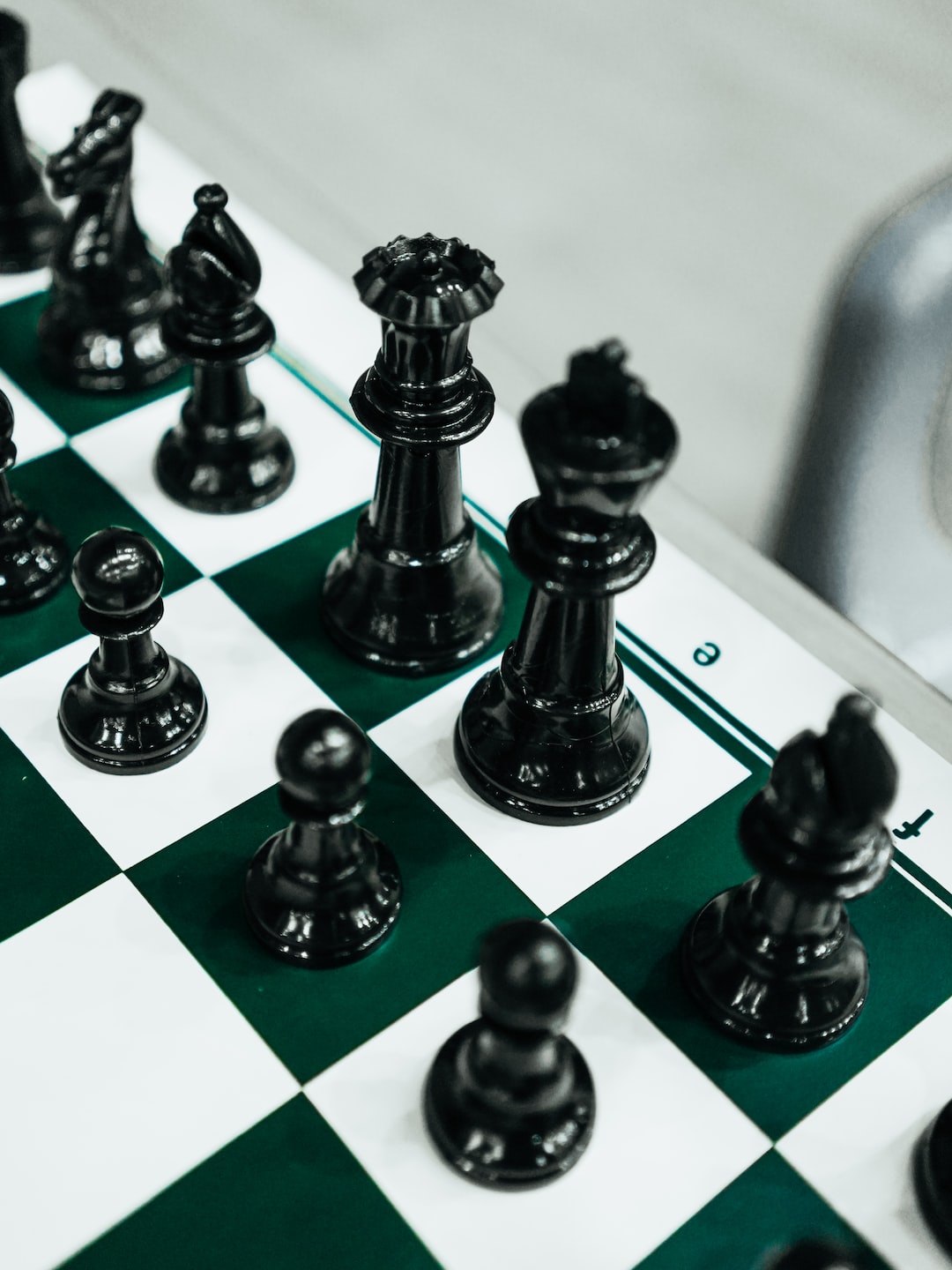Gamification: Transforming Mundane Tasks into Fun Challenges
In our daily lives, we often come across tasks that are mundane, repetitive, and uninspiring. Whether it’s doing household chores, completing work assignments, or even sticking to a fitness routine, these tasks can easily become monotonous and uninteresting. However, what if there was a way to inject excitement and engagement into these otherwise dull activities? That’s where gamification comes into play.
Gamification is the process of applying game elements and principles to non-game contexts. By incorporating game mechanics such as points, badges, leaderboards, and levels, gamification aims to motivate and engage individuals to accomplish tasks that they might otherwise find dull or unappealing. It taps into our innate desire for competition, achievement, and reward, making even the most mundane activities feel like fun challenges.
One area where gamification has been successfully implemented is in the realm of fitness and health. Many people find it challenging to stay motivated and committed to their exercise routines. However, with fitness tracking apps and wearable devices, individuals can now turn their workouts into exciting games. These apps reward users with points for completing workouts, achieving personal bests, or even for going on a certain number of consecutive active days. This sense of achievement and progress not only keeps individuals engaged but also encourages them to push themselves to new limits.
Another field where gamification has proved to be effective is education. Traditional methods of learning often rely on rote memorization and passive student participation. However, by incorporating game elements into the learning process, educators can transform mundane lectures into interactive and enjoyable experiences. Gamified learning platforms utilize various techniques such as quests, challenges, and rewards to engage students in a way that fosters active participation and knowledge retention. By making the learning process more enjoyable and rewarding, gamification encourages students to become more invested in their education.
Workplaces have also benefitted from the implementation of gamification. Employees can experience a lack of motivation when faced with repetitive tasks or monotonous work environments. However, by introducing gamified elements such as leaderboards, achievements, and challenges, employers can create a more engaging and stimulating work environment. This not only boosts employee morale but also increases productivity and overall job satisfaction. With gamification, even the most routine office tasks can become exciting opportunities for employees to compete, learn, and grow.
Moreover, gamification can also be applied to personal finance management. Saving money and managing expenses can often be tedious and uninteresting. However, with the incorporation of gamified elements, individuals can make the process of budgeting and saving more enjoyable and rewarding. Financial apps, for example, offer users virtual challenges and badges for meeting savings goals or sticking to a budget. These incentives make the otherwise mundane tasks of tracking expenses and managing finances feel like a game, encouraging users to stay motivated and build healthy financial habits.
However, it’s important to note that gamification is not a one-size-fits-all solution. It requires careful consideration of the target audience, objectives, and implementation strategies. The use of game elements should be purposeful and aligned with the goals of the task at hand. Furthermore, there is a fine balance between using gamification to enhance motivation and engagement and relying too heavily on extrinsic rewards. Overuse of rewards can lead to individuals becoming solely focused on the rewards rather than the actual tasks, potentially leading to a decrease in intrinsic motivation.
In conclusion, gamification has the potential to transform mundane tasks into fun and engaging challenges. By incorporating game elements such as points, badges, and levels, individuals can find renewed motivation and enjoyment in tasks that they might otherwise find dull or uninteresting. From fitness and education to workplace productivity and personal finance management, gamification offers a versatile approach to transforming our everyday lives. However, it is crucial to employ gamification thoughtfully, taking into account the specific context and ensuring a balance between extrinsic rewards and intrinsic motivation. When used effectively, gamification has the power to revolutionize the way we approach everyday tasks, making them more enjoyable, productive, and fulfilling.

